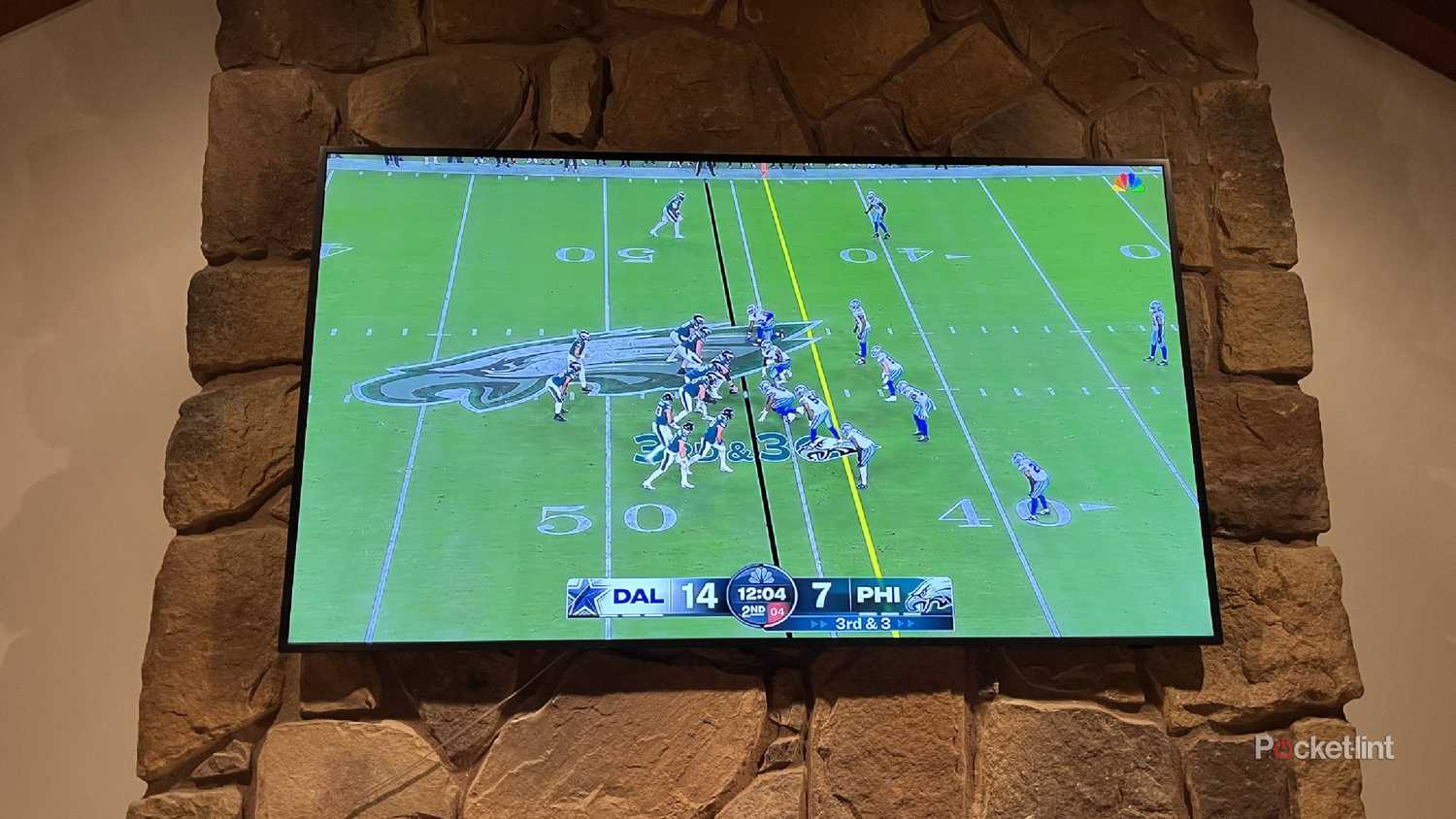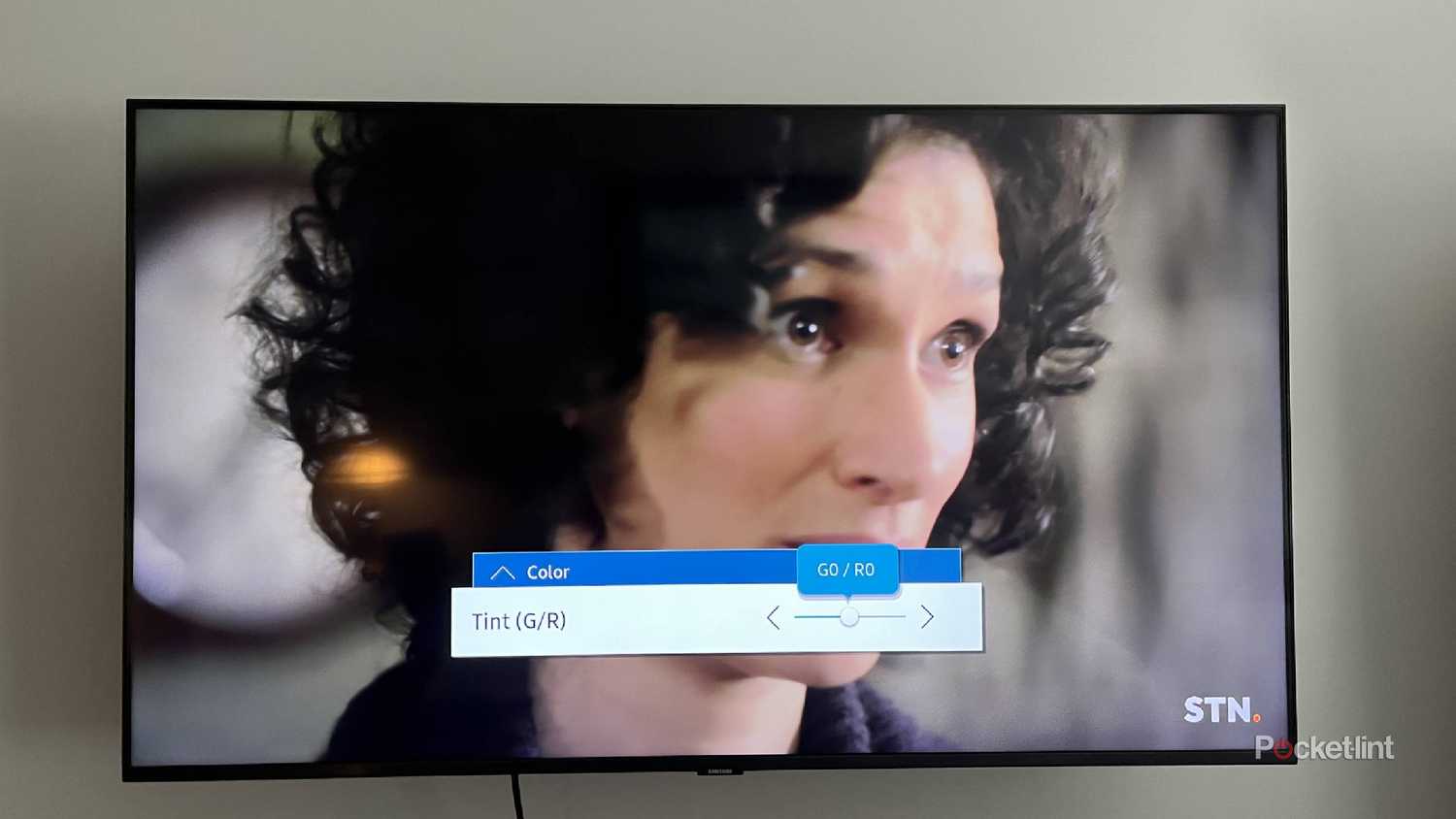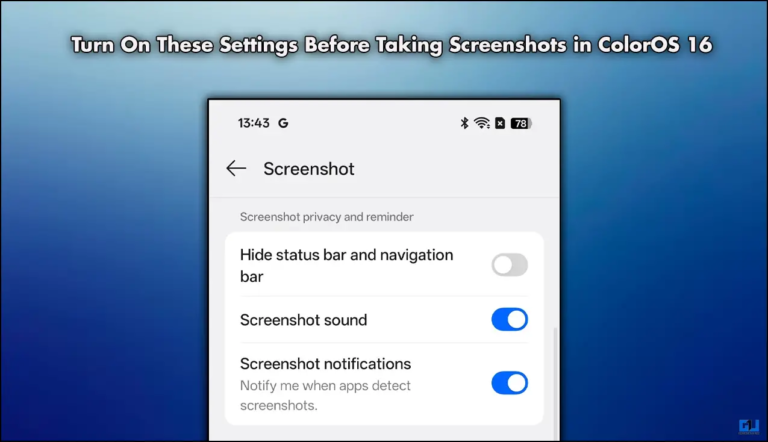When you’re buying a new TV, it’s important to compare different options. You don’t want to stick with the first one that you find, because you might be left thinking about the deals and better TVs that got away if you do. You want to take the time and do the research to ensure that you’re getting the TV that you want for the best price that you can.
Of course, it’s sometimes about compromising when it comes to buying consumer electronics. Maybe this is a feature that you can’t bend on, and you must have while it has something else that you might not like but can learn to live with. You might like a smart TV operating system more than others, which will sway your decision. You might also need a specific size of TV to fit an area.
It’s also important to consider how the room is configured when you’re buying a TV. Is it a big and open room or is it a smaller room? This can help you decide how important the TV’s speakers are to you. A lot of the time, the comparison between companies comes down to basic specs and components that you can look up and understand. But there’s one spec that is hard to quantify or actually trust manufacturers with and that’s contrast ratio. Why is it so mysterious? Because there’s no good way to really compare it properly.
What is contrast ratio on your TV?
Think about it in terms of black and white
Contrast ratio is not a spec only used for TVs. It’s something used for tablets, laptops, monitors, and many devices with screens.
Contrast ratio is a metric measured by the brightness and difference between black and white colors on a TV. Specifically, contrast ratio measures the darkest dark color and the brightest bright color on the TV and gives them a range. Many times, devices use 5,000:1 as their contrast ratio of record. It’s a safe number that looks big that people see and think that it makes sense that one darker color is way darker than the lightest light color. Plenty of people don’t even know what the spec means, so they don’t pay attention to it.
Is it the most important factor when trying to decide what kind of TV to buy? Absolutely not. Is it that will come into play when you’re watching really dark TV shows and movies? Absolutely. A good contrast ratio gives you the opportunity to see the differences in a TV or movie scene where there’s a lot happening in the dark. It makes it feel more real and can help it feel like you’re actually there. There are a lot of other factors that go into that, such as sound and ambiance, but contrast ratio can have an effect.
With better contrast, you’re going to see not only better when the scenes are dark but also when they’re bright. TV manufacturers rave about the backlighting of the panels that they have and how rich and vibrant the color spectrum is on their TVs. It’s one of the biggest selling points for marketing a TV. Works like “vivid” and “bold” are frequently used to sell how the TV’s colors look. Except, when it comes to contrast ratio, nobody’s setup looks the same.
Ambient lighting is the biggest outlier
No room is the same
If you’re watching TV, the screen could be playing anything. But you’re going to see that content differently, depending on how light or dark the room is. While the contrast ratio of the TV matters, so does the lighting technology within the TV, you also have to consider what the room looks like when you’re watching TV. It’s easy to know what a movie theater looks like and how a movie looking on a projection screen inside a theater will look because the settings are basically the same. But each home with a TV is different, as are the rooms.
Is there overhead lighting? Are there windows? What time of day are you watching the content? What direction does your home face? These all come into consideration when trying to figure out how a movie or TV show is going to best look. It also matters where in the room you place the TV. It’s hard to really comprehend what the contrast ratio is going to do for you because the manufacturers don’t know your situation. You may buy a TV with a high contrast rating only to find that it’s still not dark enough because the room you’re watching TV in is very bright. Ambient light basically washes out the contrast, so everything is made to be more difficult to see. There’s a reason movie theaters are dark, and it’s to give the movie the best chance of being enjoyed in its optimal form.
Manufacturers just aren’t telling the truth
A lot of it is just for marketing
At the end of the day, manufacturers are trying to make their products sound as enticing as possible to consumers. In order to do that, they might inflate some of the facts about the product. When highlighting the contrast ratio on the TV, manufacturers may make it seem far different from what is actually being produced when you’re watching something. TVs with mini-LED technology can have up to 1,000,000:1 in terms of their contrast ratio. This can be deceiving because, while the TVs no doubt look incredible with an unbelievable brightness and gorgeous color display, they might not look the same as another TV with the same contrast ratio.
It’s easy to know what a movie theater looks like and how a movie looking on a projection screen inside a theater will look like, because the settings are basically the same. But each home with a TV is different, as are the rooms.
This is because there are boosted methodologies on how to measure contrast ratios. When they measure the brightest bright colors and the darkest dark colors, it can change how people calculate the metric rather than what their standard contrast ratio comes out to. So, when you see contrast ratio listed on the specs, it could have been calculated in a number of different ways. Proper brightness and contrast can determine how you perceive a picture. But even if you’re seeing the same ratio on two different screens, they can be different, and you won’t perceive them differently.
It’s not the most important factor anyway
There’s a lot that goes into how you watch TV
There are a lot of other factors that come into play more than contrast ratio. The resolution, the refresh rate, the operating system, and the ports can all be considered more important than the contrast ratio. It all depends on your wants and needs of your TV. If you want to have the best picture, contrast ratio is something to consider. But facets like local contrast can be more proper indications of how your TV will look in your room.
To give yourself the best outcome for contrast ratio to matter, it’s important to put it in a room that’s not overly bright at all hours of the day. This will ensure that your TV and its high contrast ratio will look as good as it can. Overly high contrast can also look off to the human eye and seem overly saturated. It’s all part of personal preference. When deciding on a TV, consider using contrast ratio as a small part of your decision-making, but not a large one.












